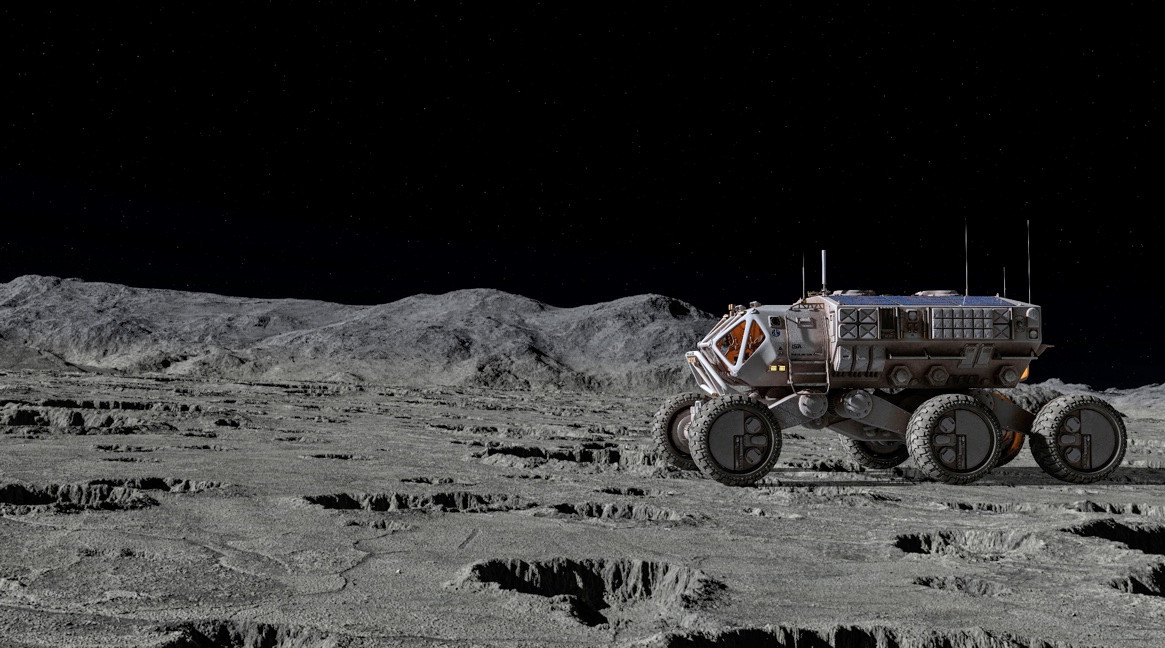The European Space Agency (ESA) and the European Space Resources Innovation Centre (Esric) set up a competition for Canadian and European engineering teams tasked with developing vehicles for prospecting moon resources. The first part of the challenge took part in the Netherlands with the five final winners receiving €75,000 each to develop their concept for the next part of the contest.
The selected winners were: ETH Zurich & University of Zurich (Switzerland), Mission Control Space Services (Canada), Łukasiewicz – PIAP (Poland), FZI Forschungszentrum Informatik (Germany) and Space Application Services & Universite Du Luxembourg & Dynamic Imaging Analytics & La Palma Research Centre & University de Lorraine & The Open University (Belgium/Luxembourg/UK/Spain/France). The Canadian Space Agency takes part in ESA's deliberative bodies and decision-making and also in ESA's programmes and activities as a honorary member, which allowed them to join the event.
For the competition’s first phase the organisers spread 200 tons of lava rock across a large area to simulate a Moon-like environment. This enclosure was kept hidden from the contestants who only saw through the cameras of their rovers when they undertook their resources gathering missions.
“Over a two and a half hour period, each rover had to find their its way across the moonscape to the target crater, then prospect for resources,” said co-organiser Franziska Zaunig. “This was a challenging goal across unknown lunar terrain within the set time.”
A total of 13 teams took turns in making prospecting attempts but not all of them made it to the crater of the lava rock area. Some did not have sufficient lighting while others ran out of battery.
Luxembourg’s Rockhal hall will host the competition next phase from 7 to 9 September. A lunar environment will once again be built to challenge the engineering teams who will have to explore the area during a limited time and map the resources they find.
“Esric is looking forward to welcoming these five winners from this phase to Luxembourg. Through the Esric prize, we will support the final winner to further mature their design and hopefully make it to the Moon in the near future,“ said Bob Lamboray, strategic advisor and project manager for Esric.
Following the competition an event including demonstrations and a presentation of the team’s rovers will take place.
